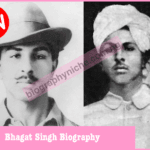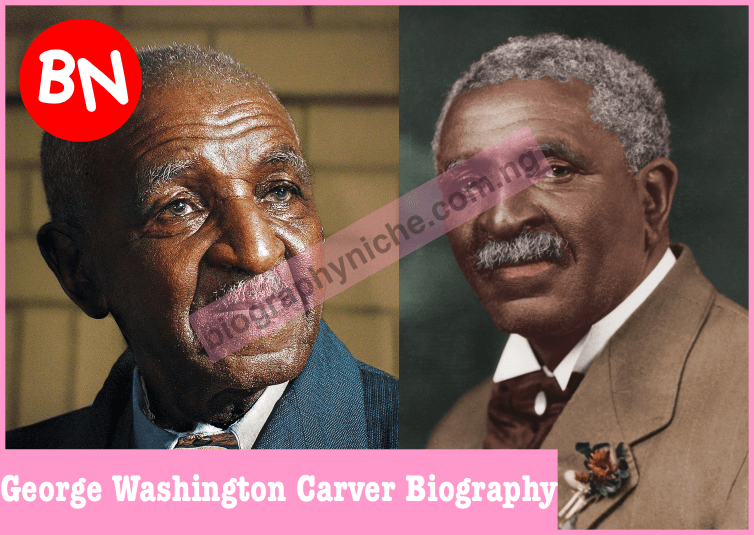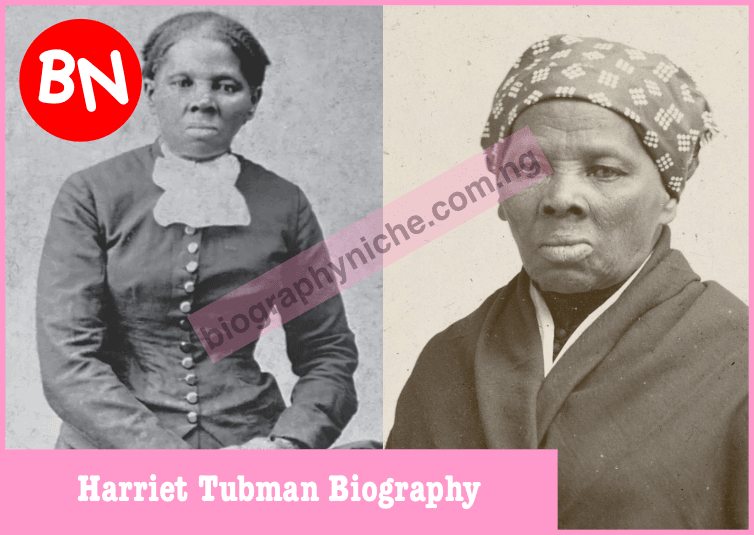Frederick Douglass Biography – Discover the inspiring life of Frederick Douglass, an abolitionist, writer, and orator who escaped slavery to become a leading voice for freedom. Learn about his net worth, early life, birthdate, spouse, full name, siblings, children, and major achievements.
Frederick Douglass was one of the most influential figures in American history. Born into slavery, he defied all odds to become an abolitionist, writer, and statesman. His ability to articulate the horrors of slavery and advocate for equality made him a powerful voice in the fight for civil rights. Douglass dedicated his life to justice, education, and the betterment of society, making lasting contributions to history.
In this article, we will explore the details of Frederick Douglass’s life, including his early struggles, family, accomplishments, and the lasting impact he left on the world.
Frederick Douglass Biography: Personal Information
| Field | Details |
|---|---|
| Full Name | Frederick Augustus Washington Bailey |
| Profession | Abolitionist, Writer, Orator, Statesman |
| Nationality | American |
| Birthdate | February 1818 (exact date unknown) |
| Death | February 20, 1895 (aged 77) |
| Spouse(s) | Anna Murray Douglass (m. 1838–1882), Helen Pitts Douglass (m. 1884–1895) |
| Siblings | Several, but most details remain unknown |
| Children | Rosetta, Lewis, Frederick Jr., Charles, and Annie |
| Net Worth (Historical) | Equivalent to millions in today’s value through books, speeches, and government roles |
| Notable Achievements | Wrote Narrative of the Life of Frederick Douglass, advised U.S. presidents, and was a key figure in the abolitionist movement |
Key Takeaways
- Frederick Douglass was born into slavery but escaped and became a leading abolitionist.
- His writings, particularly his autobiography, exposed the brutal reality of slavery.
- Douglass was a powerful speaker, writer, and adviser to U.S. presidents.
- He was married twice: first to Anna Murray Douglass and later to Helen Pitts Douglass.
- His legacy continues to inspire civil rights movements around the world.
Early Life and Escape from Slavery
Frederick Douglass was born into slavery in February 1818 on a plantation in Talbot County, Maryland. His mother, Harriet Bailey, was also enslaved, and he was separated from her at an early age. The identity of his father remains unclear, but it is widely believed he was a white man, possibly his enslaver.
As a child, Douglass experienced the harsh realities of slavery, including forced labor, hunger, and physical punishment. However, one of the most pivotal moments in his life came when he learned to read. The wife of his enslaver, Sophia Auld, initially taught him the alphabet before her husband forbade it. Determined to educate himself, Douglass secretly continued his learning by trading bread for reading lessons with white children and studying newspapers.
In 1838, at the age of 20, Douglass escaped slavery by disguising himself as a sailor and boarding a northbound train. He arrived in New York City, where he was welcomed into the abolitionist community. Shortly after, he married Anna Murray, a free Black woman who had helped fund his escape, and they moved to Massachusetts.
Rise as an Abolitionist and Writer
Once free, Douglass became an active member of the abolitionist movement. He was a powerful speaker, captivating audiences with his firsthand experiences of slavery. His eloquence and intellect shattered the racist belief that enslaved people were incapable of independent thought.
In 1845, he published his first autobiography, Narrative of the Life of Frederick Douglass, an American Slave, which became a bestseller. The book detailed his experiences and escape, making him a well-known figure in the abolitionist movement. However, it also put him in danger, as his enslavers now had evidence of his identity. To avoid capture, he traveled to Ireland and Britain, where he was warmly received and spoke against slavery. Supporters raised money to officially purchase his freedom, ensuring he could return safely to the U.S.
Later Life and Political Career
After returning to the United States, Douglass continued fighting for abolition. He founded the newspaper The North Star, which provided a platform for discussions on slavery, civil rights, and justice.
During the Civil War (1861–1865), he actively supported the Union cause, urging President Abraham Lincoln to allow Black men to serve in the military. His efforts contributed to the formation of the 54th Massachusetts Infantry Regiment, one of the first African American military units.
After the war, Douglass worked tirelessly to secure rights for formerly enslaved people. He held several government positions, including:
- U.S. Marshal for the District of Columbia
- Minister Resident and Consul General to Haiti
- Recorder of Deeds for the District of Columbia
Douglass remained a key voice in the fight for equality until his death in 1895.
Personal Life and Family
Frederick Douglass married Anna Murray Douglass in 1838, and they had five children:
- Rosetta Douglass
- Lewis Henry Douglass
- Frederick Douglass Jr.
- Charles Remond Douglass
- Annie Douglass (who died young)
Anna was a strong supporter of his work, managing the household and supporting his activism. After her death in 1882, Douglass married Helen Pitts, a white feminist and activist, in 1884. Their marriage was controversial due to racial tensions at the time, but they remained devoted to each other.
Legacy and Influence
Frederick Douglass’s legacy remains one of the most significant in American history. His writings and speeches continue to be studied, and he is celebrated as a pioneer in the fight for justice. His impact includes:
- Abolitionist movement: Helped end slavery in the U.S.
- Education advocacy: Encouraged self-education and literacy.
- Political influence: Served in government roles and advised presidents.
- Women’s rights activism: Supported suffrage for women.
His former home in Washington, D.C., now serves as the Frederick Douglass National Historic Site, preserving his memory for future generations.
Conclusion
Frederick Douglass was more than an abolitionist; he was a symbol of resilience, intellect, and justice. From escaping slavery to influencing national policies, he used his voice to create change. His story continues to inspire movements for equality and human rights worldwide. Douglass’s courage and dedication prove that one person’s fight for justice can leave an everlasting mark on history.
FAQs About Frederick Douglass Biography
1. What was Frederick Douglass’s real name?
Frederick Douglass was born Frederick Augustus Washington Bailey but changed his name after escaping slavery.
2. Did Frederick Douglass have siblings?
Yes, he had several siblings, but their names and details remain largely unknown due to historical records.
3. How did Frederick Douglass escape slavery?
Douglass escaped slavery in 1838 by disguising himself as a sailor and traveling to the North via train.
4. What were Frederick Douglass’s most famous writings?
His most famous works include Narrative of the Life of Frederick Douglass (1845), My Bondage and My Freedom (1855), and Life and Times of Frederick Douglass (1881).
5. Why is Frederick Douglass important in history?
Frederick Douglass was a key abolitionist, writer, and political leader who helped end slavery and fight for civil rights in the U.S.
 Wiki" loading="lazy" width="180" height="120">
Wiki" loading="lazy" width="180" height="120">











